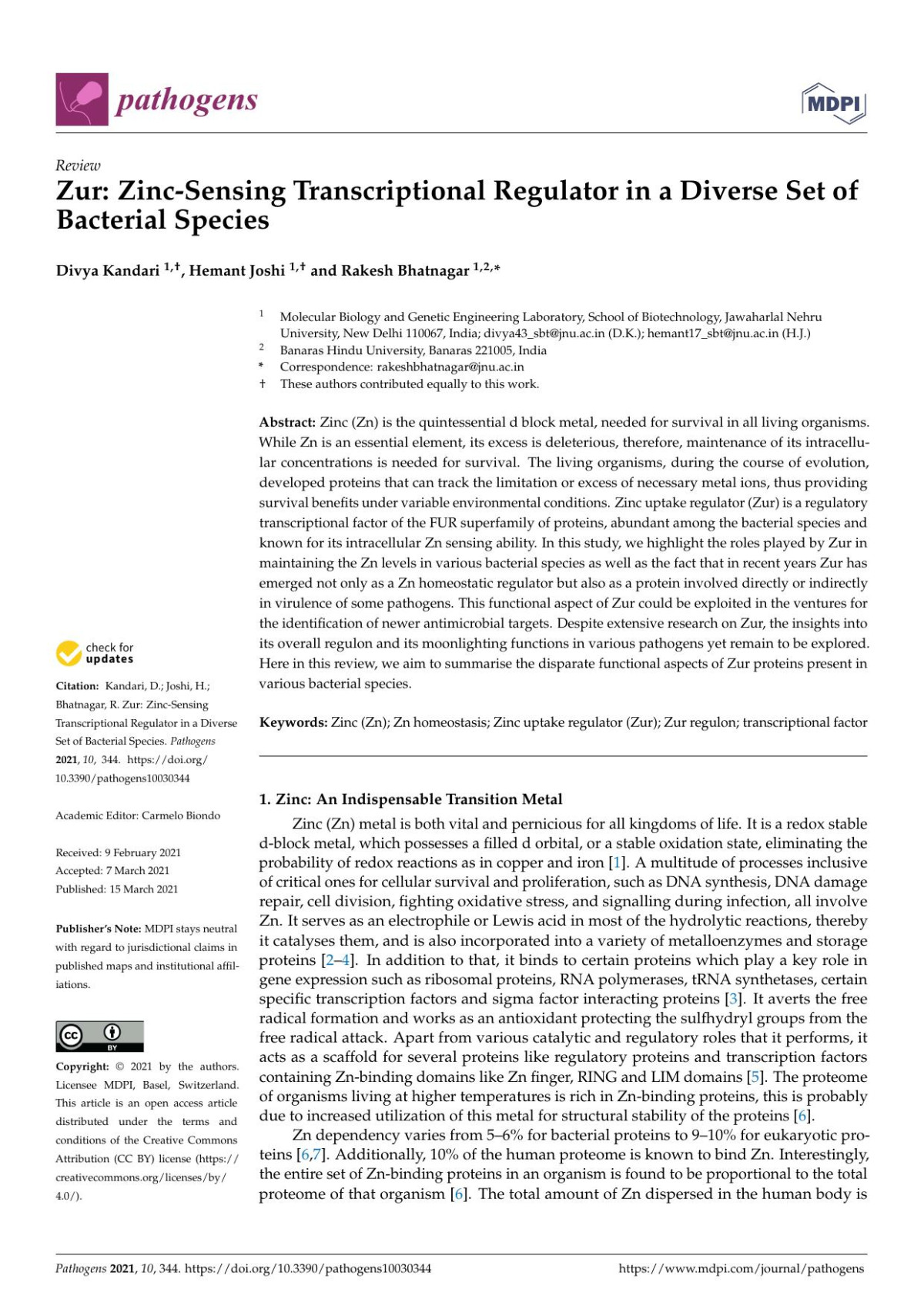

Most ebook files are in PDF format, so you can easily read them using various software such as Foxit Reader or directly on the Google Chrome browser.
Some ebook files are released by publishers in other formats such as .awz, .mobi, .epub, .fb2, etc. You may need to install specific software to read these formats on mobile/PC, such as Calibre.
Please read the tutorial at this link: https://ebookbell.com/faq
We offer FREE conversion to the popular formats you request; however, this may take some time. Therefore, right after payment, please email us, and we will try to provide the service as quickly as possible.
For some exceptional file formats or broken links (if any), please refrain from opening any disputes. Instead, email us first, and we will try to assist within a maximum of 6 hours.
EbookBell Team

4.4
92 reviewsZinc (Zn) is the quintessential d block metal, needed for survival in all living organisms.
While Zn is an essential element, its excess is deleterious, therefore, maintenance of its intracellular
concentrations is needed for survival. The living organisms, during the course of evolution,
developed proteins that can track the limitation or excess of necessary metal ions, thus providing
survival benefits under variable environmental conditions. Zinc uptake regulator (Zur) is a regulatory
transcriptional factor of the FUR superfamily of proteins, abundant among the bacterial species and
known for its intracellular Zn sensing ability. In this study, we highlight the roles played by Zur in
maintaining the Zn levels in various bacterial species as well as the fact that in recent years Zur has
emerged not only as a Zn homeostatic regulator but also as a protein involved directly or indirectly
in virulence of some pathogens. This functional aspect of Zur could be exploited in the ventures for
the identification of newer antimicrobial targets. Despite extensive research on Zur, the insights into
its overall regulon and its moonlighting functions in various pathogens yet remain to be explored.
Here in this review, we aim to summarise the disparate functional aspects of Zur proteins present in
various bacterial species.